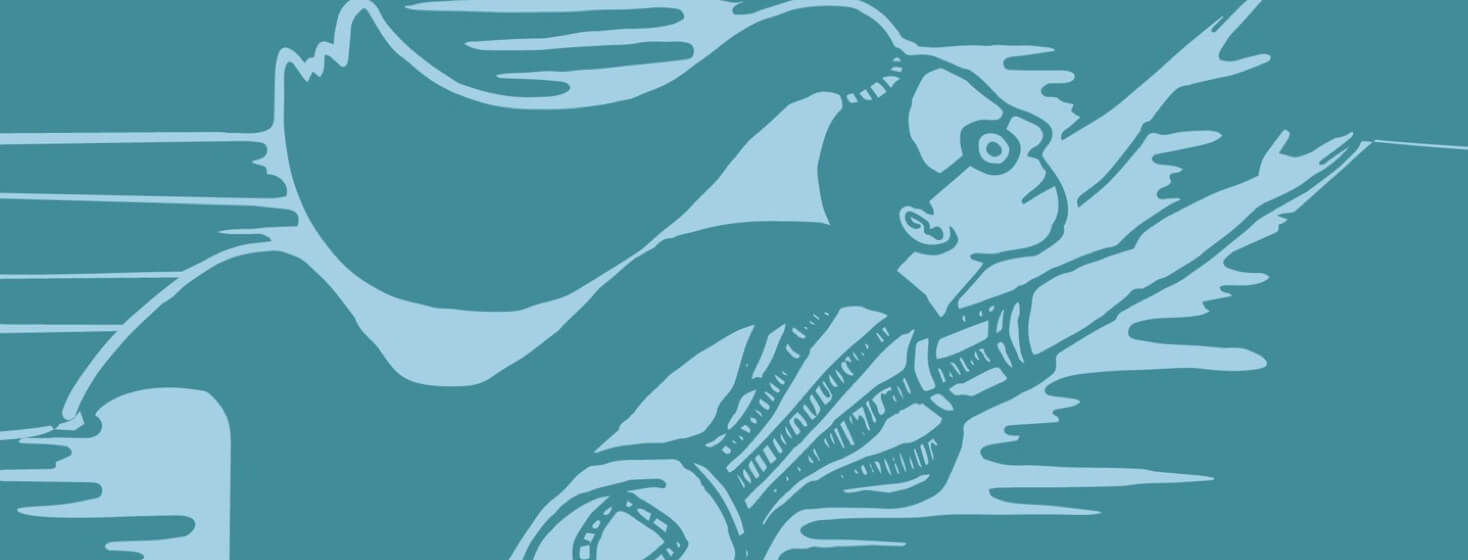The Secret Life of a Caregiver
The unpredictable nature
One of the very first things one learns when introduced to a person with sickle cell disease (SCD) is that a pain crisis could strike at any time. As a warrior, I make sure that anyone who spends enough time with me understands that I have limitations. An emergency could develop from several scenarios.
I've found through trial and error that it helps put family, friends, and caregivers at ease when I let them know I have done my part and will continue to do so. I lead the charge by staying properly hydrated, monitoring my pain levels routinely, and taking my medications appropriately.
Crucial responsibilities
Being in a relationship with a sickle cell warrior means taking on a specialized set of responsibilities to help your partner live a quality life. The daily routines of an SCD warrior are not unlike those of a patient in the hospital.
Morning duties
Each morning, we must assess our bodily state in several different ways. Sometimes this includes taking vitals including oxygen level, rating pain, and taking meds. Before we can get going fully if at all, we must complete a thorough checklist of finely balanced tasks. These are all meant to help us make it through the day successfully and most importantly without pain. But to keep the routine running smoothly, there is much preparation to be done beforehand.
Division of labor
My husband Anthony has been my caregiver for nearly 2 decades. Within those years, we've developed a particular division of labor and habits that works just for us. For example, something as simple as a grocery store trip is something I would not usually have enough energy for and could cause pain. For those reasons, my portion of the household food responsibilities include keeping inventory, making the weekly list, and cooking.
We both felt it was best to leave the shopping tasks to Hubby. This way, I wouldn't have to put myself at risk by dragging my aching body out of my sickbed, braving the elements, driving, and carrying heavy grocery bags. This worked for us, especially in the wintertime.
A painful element
By far, the most painful element of this lifestyle is that no matter what steps we take or what measures are afforded, sickle cell always seems to rear its ugly head. When it does, it will cause pain and anguish, both physical and emotional. The patient feels bad for not having complete control over their illness. At the same time, the caregiver can often feel as if they aren't doing enough to ward off life-interrupting crises. On top of that, it is hurtful to be placed in the vulnerable position of onlooker as your beloved warrior writhes and twists, often with insult added to their injury.
Power dynamic
One of the most illusive yet blatant feelings between a caregiver and their loved one is the obvious power dynamic. If the caregiver fails, the patient suffers. In turn, since the warrior's focus is on simply living to see the next day, there are sometimes numerous areas where they simply do not have as much life experience. This can cause the caregiver to feel overwhelmed, and even resentful at times. While the patient feels dismissed and rejected. It takes much emotional fortitude and determination to combat and work through these feelings together.
Unsung heroes
Sickle cell caregivers are always on-call. They must be ever-ready to rescue their loved one, advocate on their behalf, and protect/heal themselves from the trauma of it all. They must keep the household going and children fed all the while. They take on the tasks of aiding the patient during their hospital and rehabilitation seasons. The tasks range from small to large, but a true caregiver is right by their warrior's side every step of the way. And for that, we say thank you! A thousand times! It takes the power of us all to conquer sickle cell.

Join the conversation